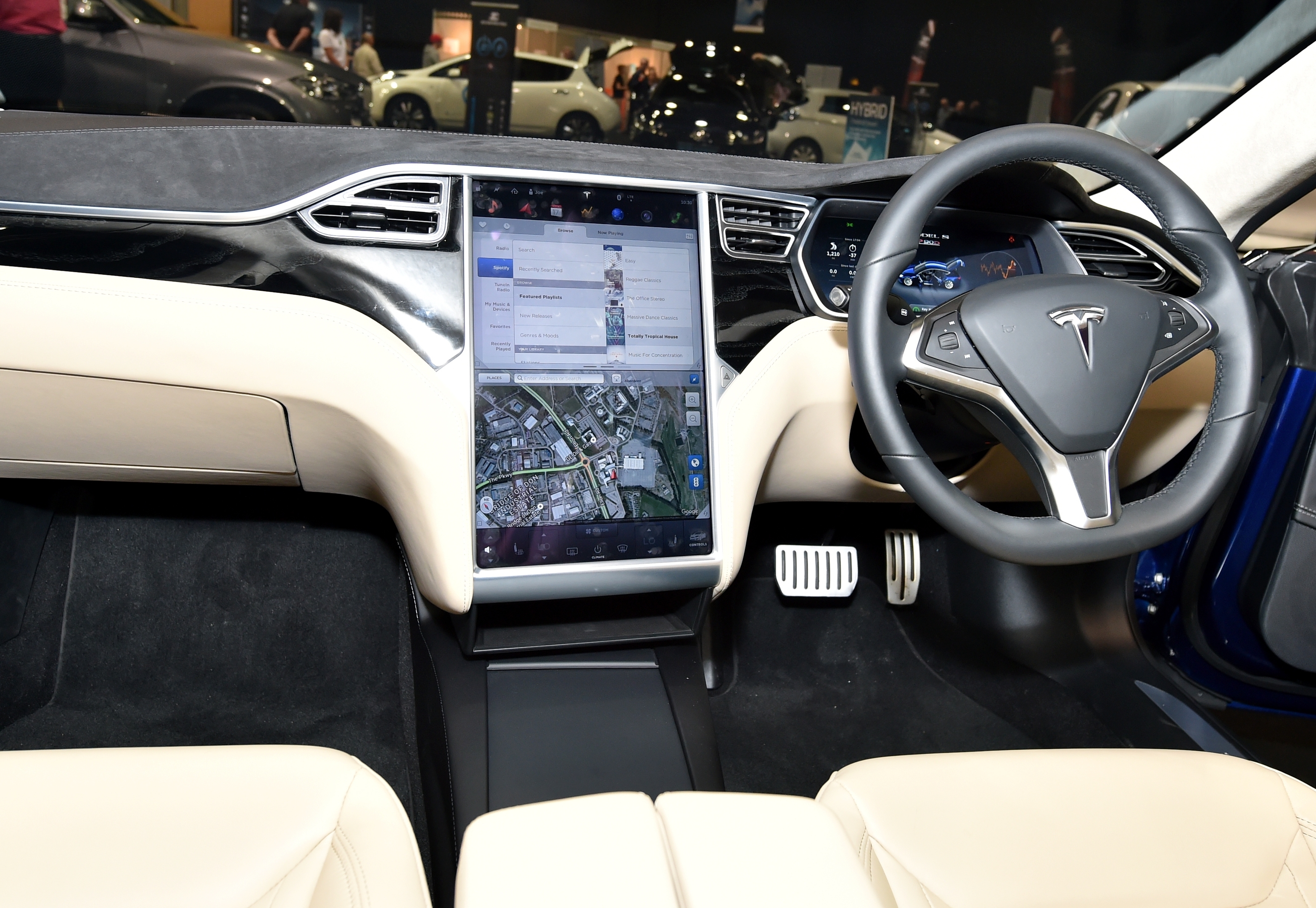
Oil and gas must pull-off a digital gear change and follows Tesla’s lead, according to GE.
Binu Matthew, GE Oil & Gas’ head of digital products, sat down with Energy Voice to explain how digital could act as a much needed industry disrupter.
“For digital to be effective there’s a certain amount of credible mass that has to be accumulated,” he said.
“You have to have connectivity. You have to have the data collection. That’s actually been there in the oil and gas industry for a while, but one of the challenges it has had is that a lot of that data has been in silos.
“The analogy I use is that if you take a car today to a mechanic you plug in a laptop computer and it’s digitized, and that’s the level oil and gas has been at.
“But if you take car like Tesla, it is all cloud connected. That’s the level we really need to take the industry to and that’s where you really see value.”
Digital can shave 20% off Capex and between 3% and 5% off Opex costs.
However, the industry has been slow to pull at the digital thread.
The average offshore rig has 30,000 sensors generating data, but only between 3% and 5% of oil and gas equipment is connected and typically less than 1% of the data is used to make decisions, according to GE.
It’s thought digital could shave 20% off Capex and between 3% and 5% off Opex cost.
“There’s a certain amount of frustration, but there’s also a tremendous opportunity, because that potential is there if we can break those silos,” said Matthew.
“For the oil and gas industry, if you look back a couple of years when oil prices where sky high there wasn’t necessarily as much as of a driver to get the efficiency of operation you can with digital.
“With oil prices being pretty tight right now the need for digital is urgent.
“The oil and gas industry has seen the rise of digital in other industries, and it has become increasingly evident to it that this digital thing is real and has power.”
BP is on the cusp of rolling out a digital trail with GE across 33 different platforms.
The pair confirmed the start-up of Plant Operations Advisor (POA) – a digital tool designed to improve efficiency and reliability. The system is in use on one of BP’s Gulf of Mexico assets. The system feeds back 2.5million calculations a day.
Matthew said: “The industry generates an enormous volume of data. To store that and process that you need something on the scale of the cloud. And that’s why the potential is tremendous. With all of those silos, we can finally with technology available now start using them.”
The digital expert said the emerging offshore medium was alternative cost lever to the traditional headcount cull.
“In the short to medium team, the benefits will come from reducing non-productive time.
“That’s why things like asset performance management, monitoring diagnostics and predictive analytics are so important. If you can reduce the amount of time a machine is down you can head off maintenance costs, increase up time and then production that way,” he said.
“As we go forward and as we get that foundation of asset performance management, production optimisation is something we think has even more benefits. Maintenance is one thing. It’s a portion of the cost of the system and ideally you don’t really want to think about it too much. But if you can improve production, that’s where we see tremendous value. It’s both a cost reduction and reliability piece, but also it’s about being able to significantly improve the top line.
“What happens on individual machine, plant or shift is quite dependent on people and teams that are doing it, so the sector isn’t necessary sharing best practice. By gathering the data through digital, you can actually start doing benchmarks. You can look at what the best practices are.
“As we build up knowledge management systems you can actually start to see the patterns.”
It’s also an essential tool in eliminating the sector’s mundane, Matthew said.
“There’s also a lot of mundane activity done right now. For instance if you wanted to take action today there or four or five systems. We’ve seen scenarios where someone is physically looking at one screen copying and writing it down before running to another place and entering it there. That’s not effective in any way.
“It’s boring. It’s mundane. It’s not in any way intellectually stimulating. With digital people get more interesting jobs and can be much more effective if we can pull all the information they need in one place.”
But digital is more than just a ‘plug and go’ play.
“Digital isn’t just about software. It’s organisational change management as well. The CEO of AkerBP said he thought at first he would just get a software package in there and get the IT group working on it and that was digital transformation,” Matthew added.
“It’s gotten to the point where you need to start thinking about how the business operates. That’s true digital transformation. It needs to permute everything. It needs to be truly part of the business and that’s the learning you can get from retail. Or take what Uber has done. It’s a taxi service, but it’s a very different kind of taxi service.
“The oil and gas industry is conservative but one of things it has going for it is scale. If we start implementing right I think the rate of change can be quite rapid.”
However, the “seismic” shift will be several years in the making.
“There’s a very famous statement I think attributed to Bill Gates where he said people overestimate how much will change in one to two years but completely underestimate how much will change in 10 years,” he said.
“In the next two years we’ll start to see adoption and the start of changes, but you may not see all the value come through that quickly. There will be some low hanging fruit that the sector can get an immediate return on, but the seismic change take place over five to 10 years.
“Digital is absolutely going to be part of that new normal. We’ve got to that point where it’s fundamentally part of it.”
Recommended for you

